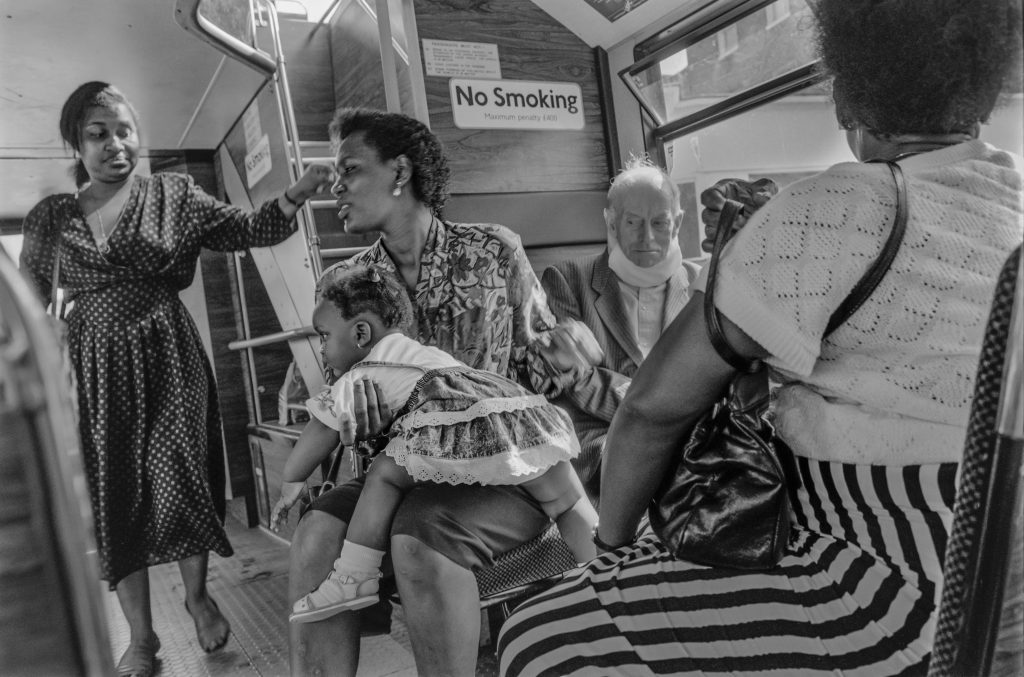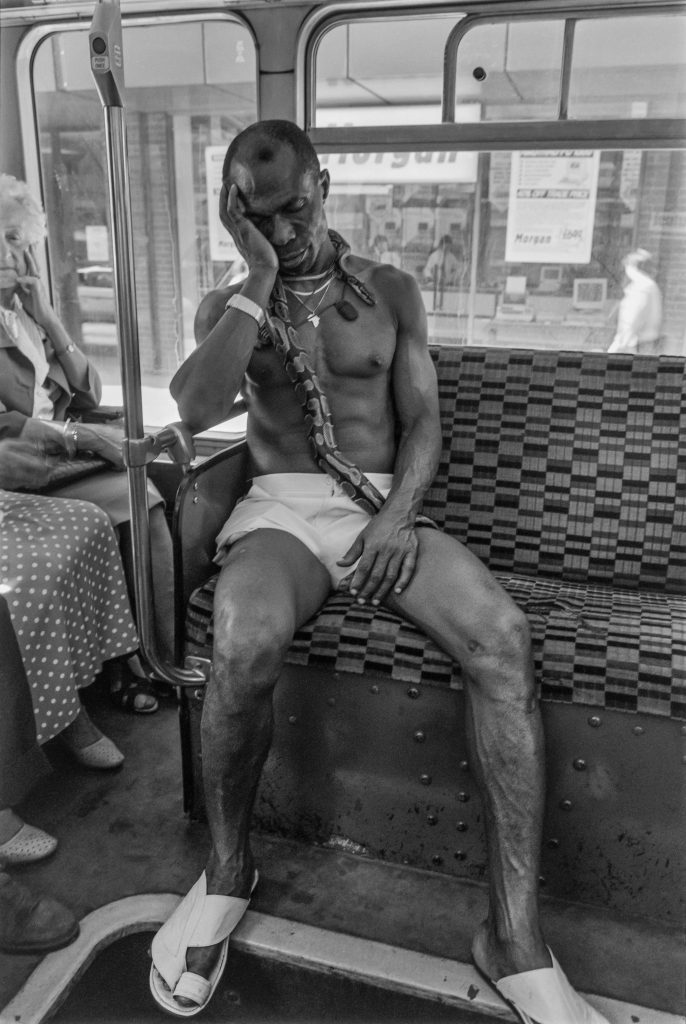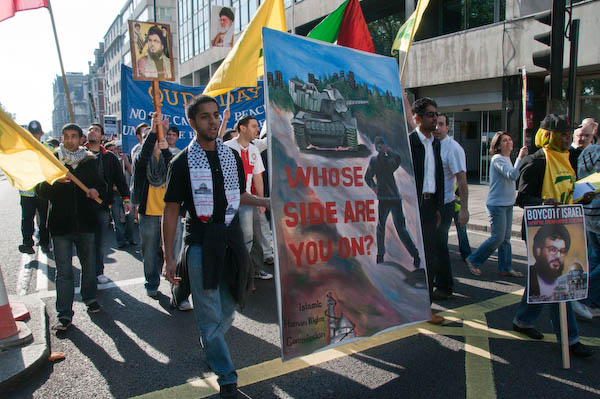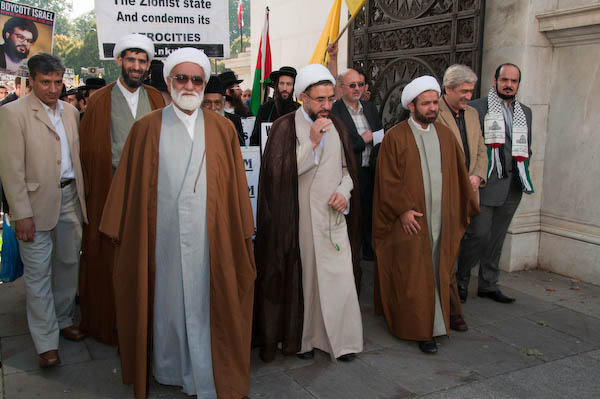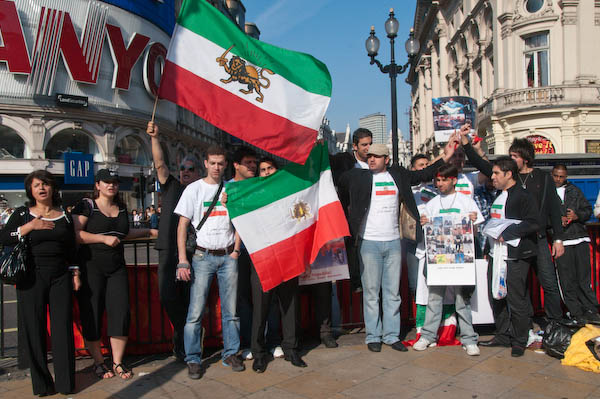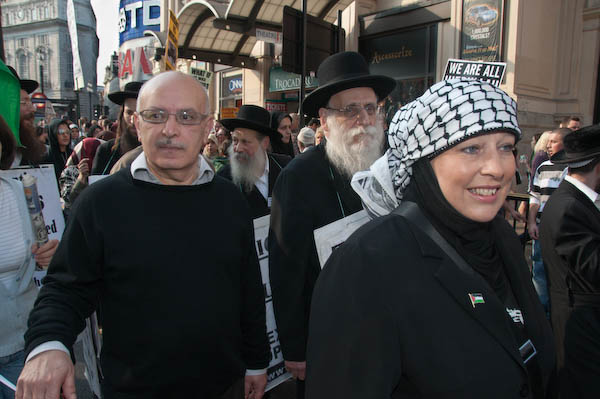Every 14th of each month, my thoughts return to the terrible tragic events of 14th June 2017. It’s now three and a half years ago, and still none of those responsible for some of the worst crimes in our history which led up to the fire has been brought to justice, and with an inquiry that has seemed to be largely concerned with diverting blame it seems less and less likely that any of the criminals will ever be prosecuted and jailed.
I wrote the piece below back in November 2017, but it was never published, so here it is now, exactly as written.
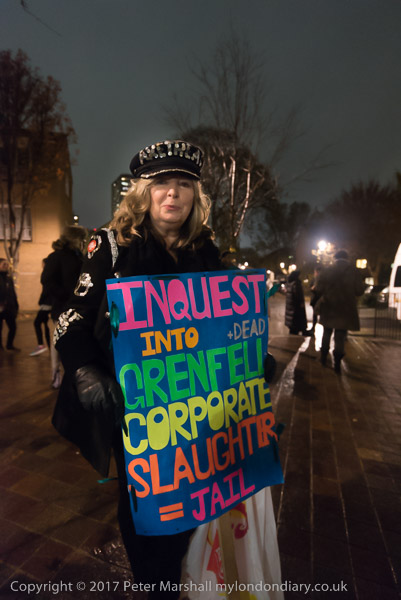
The fire at Grenfell Tower shocked us all. There was a huge immediate media response, and I felt that there was little point in my going there and adding to this, yet another photographer. I felt my presence would do nothing to help the people and might well aggravate their distress.
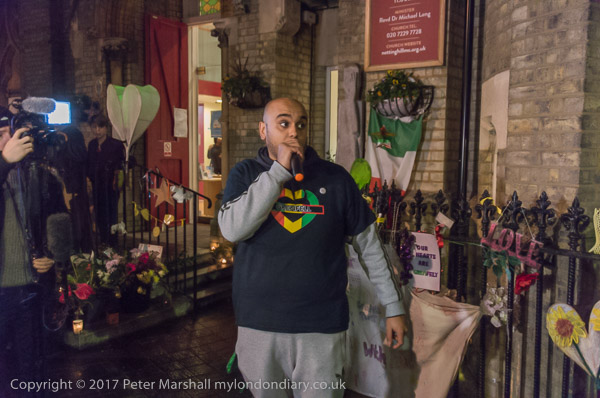
As more emerged about what had led up to the disaster I felt an increasing anger. Although the council hadn’t actually lit a match, they had clearly created a situation in which what should have been a small and insignificant fire could lead to a major catastrophe by a serious of failures and deliberate acts that each increased the risks to those living in the block, compounded by a government who had seen vital safety legislation as red tape and successive administrations that had failed to set proper standards and to properly enforce those that existed.
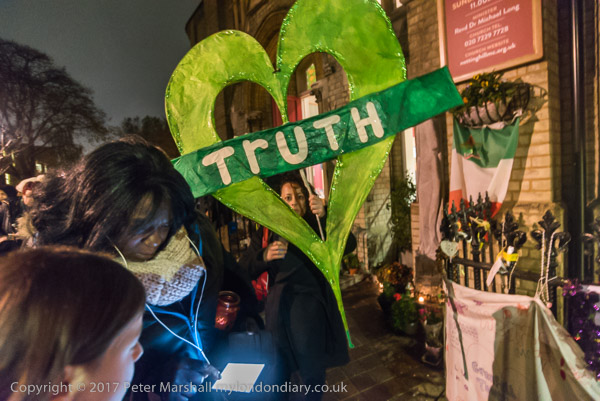
Then came Kensington and Chelsea Council’s almost complete failure to properly respond to the disaster, a lack of urgency and lack of competence. Part of their failure that led to the deaths was a failure to listen to the community who had pointed out some of the major problems and they still are not listening – and the official inquiry appears to be taking the same route, making many feel it will be just an empty exercise.
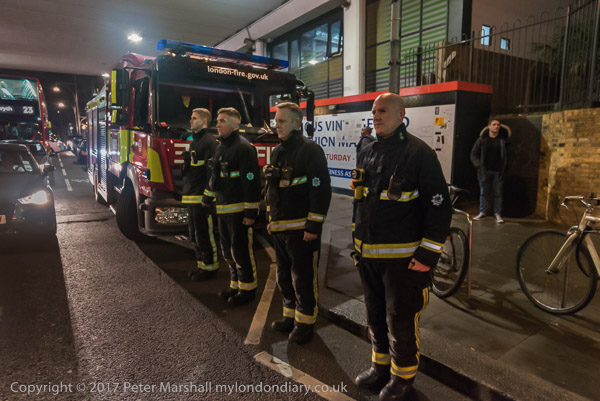
Over the months since the fire I realised how many people I knew were in some way involved, some as volunteers, doing the work that councils and other bodies should have done, others in other ways. I still didn’t feel I could commit myself to Grenfell in a way that was truly meaningful, but did feel able to at least do a little on the issues, including covering the monthly ‘Silent Walk for Grenfell’.
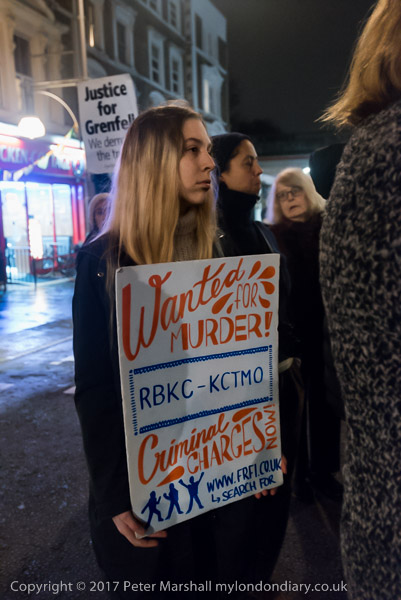
I’m wasn’t sure what I felt about the silent walk. Obviously it is important to keep the community together and to keep the memory of Grenfell, but perhaps something more is needed than a event that takes place largely out of sight in the area around the tower, emerging only briefly into the stronger light of Ladbroke Grove. And a few months later, in February, the walk organisers perhaps agreed, moving the start point to the council offices and beginning the walk along High Street Kensington.
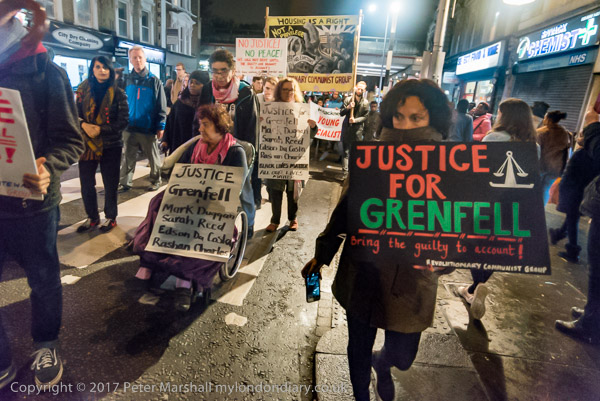
But perhaps it still needs to be more. Their seems to be a great emphasis on the walk not being political – though a number of political groups were taking part. But to be effective I think it has to become much more political and rather more active. Otherwise – as appears to be happening now – Grenfell will soon be largely forgotten, with few if any prosecutions of the guilty parties, little tightening of the regulations, most of the Government promises being history and the safety of other largely working-class communities around the country still at risk. I still hope for something rather more powerful on the anniversary of this terrible event.
Silent Walk for Grenfell Tower
The event was still something of the media circus I had felt it best to stay away from rather than add to, with photographers and TV and video. Most of the march was through dimly lit streets, on the limits of photographic possibility without using my LED light (or flash), with a few areas of strong an contrasty light at crossings. Things got rather easier on Ladbroke Grove and I stayed there until the end of the march passed into the gloom before taking the train home from there rather than go on to the end.
______________________________________________________
There are no adverts on this site and it receives no sponsorship, and I like to keep it that way. But it does take a considerable amount of my time and thought, and if you enjoy reading it, a small donation – perhaps the cost of a beer – would be appreciated.
My London Diary : London Photos : Hull : River Lea/Lee Valley : London’s Industrial Heritage
All photographs on this and my other sites, unless otherwise stated, are taken by and copyright of Peter Marshall, and are available for reproduction or can be bought as prints.
To order prints or reproduce images
________________________________________________________

